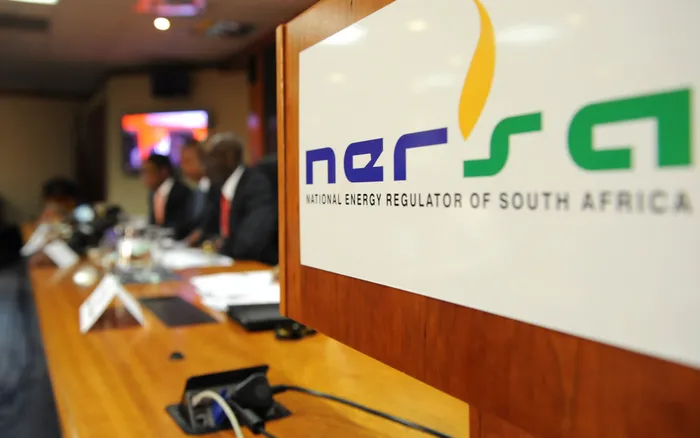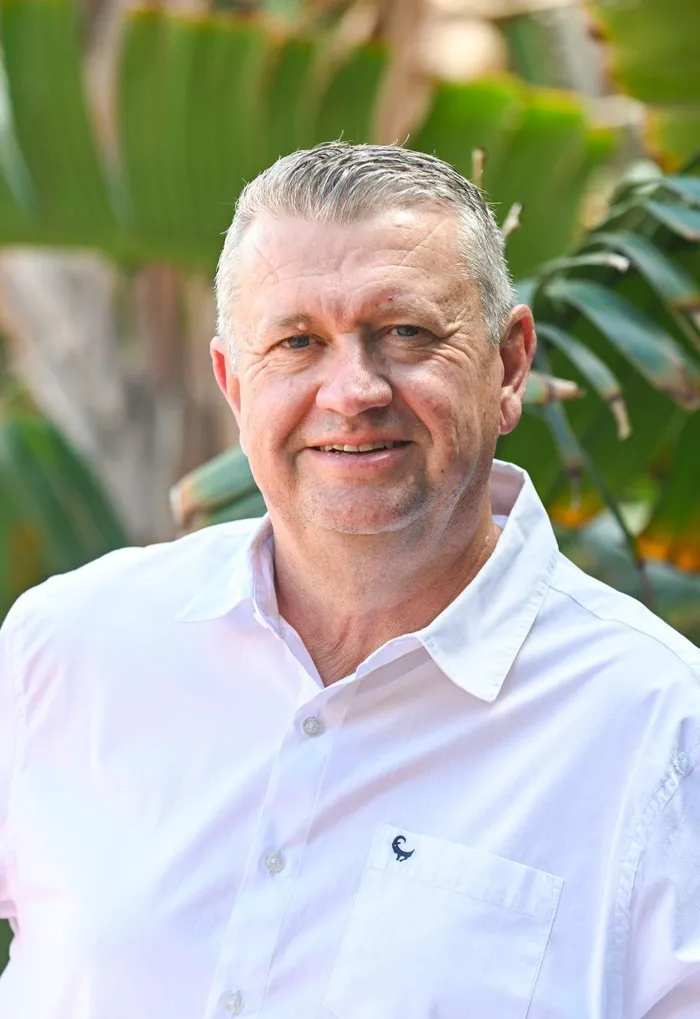Power, patronage, and the price of reform: Inside South Africa’s energy struggle

Between 2021 and 2025, Nersa registered 1 971 electricity generation facilities with a combined capacity of 12 737 MW, representing around R200 billion in private capital investment.
Image: Supplied
Recent investigative reporting by Pieter-Louis Myburgh in the Daily Maverick into alleged bribery involving the suspended CEO of the Independent Development Trust and her spokesperson underscores how deeply embedded corruption has become in South Africa. Such incidents occur with alarming frequency, and rarely with consequence.
For ordinary South Africans, the constant stream of revelations about bribery, fraud, and political patronage has produced a sense of fatigue. The scale and normalisation of such conduct should no longer surprise us.
During his tenure as CEO of Eskom, André de Ruyter, exposed organised criminal networks operating inside the utility. In his book Truth to Power: My Three Years Inside Eskom, he described syndicates that extended into the highest political circles. These included the so-called “coal mafia” that supplied substandard material while diverting coal to other markets, criminal operations stealing and reselling Eskom’s own spare parts, and procurement rackets involving basic consumables such as gloves, brooms, and safety gear sold back to the company at heavily inflated prices. When De Ruyter raised these issues with a cabinet member, the response was: “the cadres should eat.”
While opinions differ on De Ruyter’s overall performance, his exposure of politically sponsored organised crime identified the underlying cause of Eskom’s instability. His efforts to curb corruption appear to have provoked sabotage within the generation fleet, contributing to the increase in load shedding during his tenure. He survived an alleged poisoning attempt, but many other whistle blowers have paid with their lives for confronting entrenched criminal interests.
After his resignation, and partly as a result of the organisational changes he initiated - along with a renewed focus on planned maintenance - load shedding decreased noticeably. This improvement was not due to Eskom alone. Between 2021 and 2022, during some of the worst stages of load shedding, businesses and households installed an estimated 5 GW of rooftop solar capacity. This distributed generation created breathing room for Eskom to conduct maintenance.
At the same time, private developers expanded generation capacity through projects selling directly to private off-takers while using the national grid. This growth followed a key regulatory change in 2021, when President Cyril Ramaphosa pushed then energy minister Gwede Mantashe to amend licensing rules. Prior to that change, the minister had near-absolute discretion over generation licensing, which allowed him to delay or block private participation. The amendment opened the way for large-scale private investment.
The result was significant. Between 2021 and 2025, Nersa registered 1 971 electricity generation facilities with a combined capacity of 12 737 MW, representing around R200 billion in private capital investment.
Mantashe, however, also used his influence to steer procurement in favour of centralised generation projects. After the removal of Karén Breytenbach as head of the IPP Office, the Risk Mitigation Independent Power Producer Procurement Programme was structured to favour gas-to-power projects. This included the highly irregular Karpowership bid.
On April, 26, 2022, the Organisation Undoing Tax Abuse (Outa) applied to set aside Nersa’s decision to grant three Karpowership projects generation licences. On July 31, 2025, Outa succeeded. Nersa withdrew the licences and was ordered to pay costs. This ruling spared the country from projects that could have cost billions of rand and likely channelled a portion of those funds to political patrons.
In 2023, Ramaphosa appointed Dr Kgosientsho Ramokgopa as Minister of Electricity. The appointment became permanent in 2024 when the portfolios of electricity and energy were combined under his leadership, ending Mantashe’s control of the sector. In my view, Ramaphosa’s earlier decision in May 2019 to combine the energy and mineral portfolios under Mantashe created unnecessary obstacles to reform. While the 2024 appointment was a step in the right direction, political resistance remains.
In recent months, opposition to market liberalisation has grown. Eskom Distribution has taken Nersa to court over trading licences issued to private companies while Eskom’s new subsidiary, the National Transmission Company, is preparing to launch the South African Wholesale Electricity Market, which will expand private participation. Meanwhile, government still signals interest in nuclear power.
This ongoing reluctance to cede control reflects a long-standing view of the energy sector as a source of political power and financial leverage.
South Africa’s future energy stability depends on breaking this pattern. Collaboration between the state and the private sector to unlock further investment in private generation and expanding the national grid is crucial for the country.

Thomas Garner holds a Mechanical Engineering degree from the University of Pretoria and an MBA from the University of Stellenbosch Business School.
Image: Supplied
Thomas Garner holds a Mechanical Engineering degree from the University of Pretoria and an MBA from the University of Stellenbosch Business School. Thomas is self-employed focusing on energy, energy related criticalminerals, water and communities. He is a Fellow of the South African Academy of Engineering and aManagement Committee member of the South African Independent Power Producers Association.
*** The views expressed here do not necessarily represent those of Independent Media or IOL.
BUSINESS REPORT